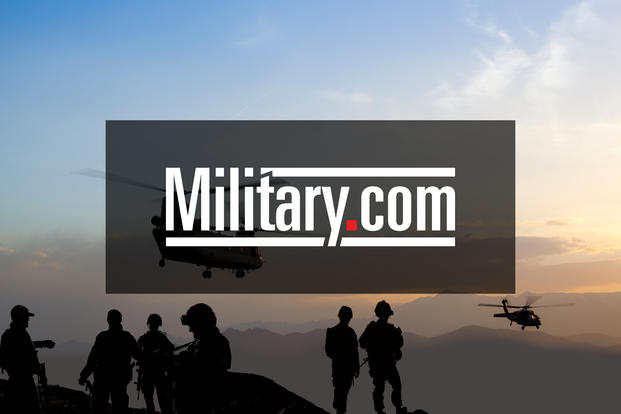Investigators from the U.S. Army's Combat Readiness Center (CRC) are still combing the Fort Hood accident site, trying to piece together what caused a medium Army truck to overturn and kill nine soldiers.
The CRC -- the Army's lead agency safety and occupational health – sent a Centralized Accident Investigation Team to Fort Hood one day after the June 2 tragedy with the intent of finding ways to prevent similar accidents in the future.
The five-member team is made of the board president of the accident investigation team, a data recorder, a medical doctor, a master driver and a military police accident investigator.
During this "field portion of the investigation," the team will interview witnesses as well as members of the victims' unit while focusing on three key areas: materiel, environmental and the human dimension, according to Michael Negard, spokesman for the CRC.
There is no specified time limit for the team to conclude its investigation at the base, and these types of investigations can take several months. Four soldiers at Fort Hood last November were killed in a UH-60 Black Hawk helicopter crash during a routine training exercise -- an incident the agency is still investigating.
"They do it until they are satisfied because they are recreating the timeline the led up to the event," Negard said.
The accident occurred June 2 when a 2.5-ton Light Medium Tactical Vehicle overturned during training at the sprawling Texas outpost.
The 12 soldiers participating in the convoy training exercise near Owl Creek were on a dirt road parallel to a paved road that the base had closed because of the risk of flooding.
The rain-swollen creek swept their vehicle into rushing waters, causing it to overturn. Two bodies were found in the vehicle and three others were found downstream from it hours later. The last four missing soldiers were found dead downstream on June 3.
All but one of the nine soldiers killed were members of the 3rd Battalion, 16th Field Artillery Regiment, 2nd Armored Brigade Combat Team, 1st Cavalry Division.
Once the investigation team redeploys to the CRC at Fort Rucker, Alabama, it will complete the report. Once it is reviewed, it will travel through the chain of command at Forces Command and then go to the 1st Cavalry Division, Negard said.
The report will contain recommendations but only for the purpose of preventing future accidents, Negard said.
Any recommendations for disciplinary action could come out of an ongoing AR 15-6 investigation being conducted by Forces Command. The purpose of an AR 15-6 investigation is to collect information for the command so that it can make an informed decision based on facts and evidence, according to Fort Hood public affairs.
-- Matthew Cox can be reached at matthew.cox@military.com





























